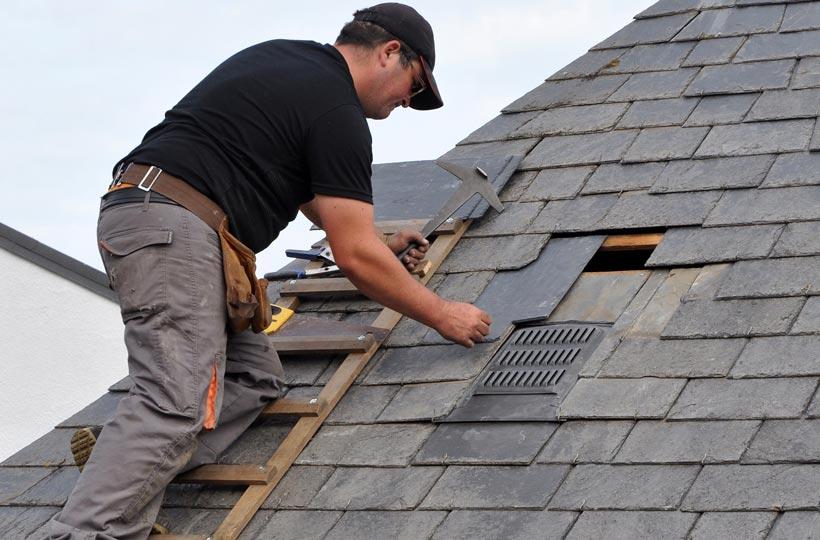When it comes to maintaining your home, the roof is one of the most critical components. It protects you from the elements and plays a significant role in your home’s structural integrity. However, over time, roofs can develop issues that require attention. One effective method for addressing roof problems is the 3 course roof repair technique. In this comprehensive guide, we will delve into what 3 course roof repair is, when and why it’s needed, and how to perform it properly to ensure the longevity of your roof.

Understanding 3 Course Roof Repair
What is 3 Course Roof Repair?
3 course roof repair, also known as three-course roof repair, is a traditional roofing method that involves applying three layers of roofing material to address issues such as leaks, cracks, or damage. This method is often used with built-up roofs, asphalt roofs, and some modified bitumen roofs. The three layers typically consist of:
- Base Layer: The first layer, known as the base layer, serves as a protective barrier and is applied directly to the roof deck. It helps to seal the roof and provides a stable surface for the subsequent layers.
- Interply Layer: The interply layer is the middle layer, and it further reinforces the roof’s integrity. It acts as a waterproofing layer, enhancing the roof’s resistance to water infiltration.
- Cap Sheet: The final layer, called the cap sheet, is the topmost layer of the repair. It provides additional protection against the elements, UV rays, and physical damage.
When and Why is 3 Course Roof Repair Necessary?
Common Roof Issues
Several issues can necessitate a 3 course roof repair:
- Leaks: Roof leaks can result from damaged shingles, cracks in the roof membrane, or deteriorating flashing. Addressing leaks promptly is crucial to prevent further damage to your home’s interior.
- Cracks: Over time, roof materials can develop cracks due to exposure to extreme weather conditions. These cracks compromise the roof’s integrity and can lead to leaks if left unattended.
- Aging: Roofs naturally deteriorate with age. A course roof repair can extend the lifespan of your roof and delay the need for a complete roof replacement.
- Storm Damage: Severe weather, such as hail or strong winds, can cause significant damage to your roof. Course roof repair can help restore your roof’s functionality after such events.
Performing 3 Course Roof Repair
Step-by-Step Guide
Here’s a step-by-step guide on how to perform a course roof repair:
- Safety First: Before starting any roof repair, prioritize safety. Use appropriate safety gear, work on a dry day, and ensure the roof is stable and secure.
- Surface Preparation: Clean the damaged area, removing any debris, loose materials, or old roofing material. Ensure the surface is dry and free of dust.
- Base Layer: Apply the base layer of roofing material, ensuring it covers the damaged area and extends beyond it. Secure it in place, following manufacturer guidelines.
- Interply Layer: Apply the interply layer, overlapping it with the base layer for proper waterproofing. Press it down firmly to remove air bubbles and ensure a secure bond.
- Cap Sheet: Finish the repair with the cap sheet, ensuring complete coverage of the damaged area. Smooth out any wrinkles or bubbles, and secure the edges.
- Seal and Inspect: Seal all seams and edges with roofing cement to prevent water infiltration. Finally, inspect the repair to ensure it’s properly sealed and secure.
Conclusion
A 3 course roof repair is a valuable technique for addressing common roofing issues and prolonging the life of your roof. Whether you’re dealing with leaks, cracks, or storm damage, understanding and correctly performing this repair method can save you money and protect your home from further damage. Remember to prioritize safety and, if in doubt, consult a roofing professional to ensure the job is done correctly.



Leave a Reply